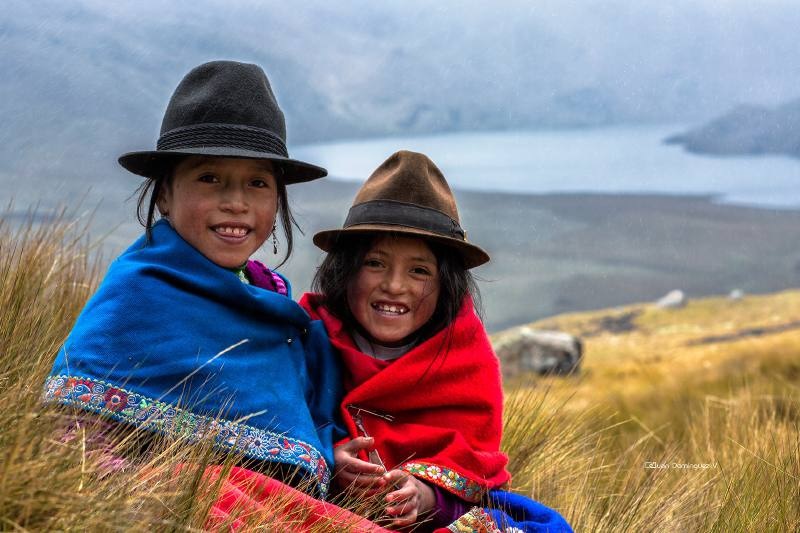Social capital and malnutrition in the indigenous population under 5 years of age in five cantons of the province of ChimborazoSocial capital and malnutrition among indigenous children under 5 years of age in the province of Chimborazo Original Research
Main Article Content
Abstract
Introduction: Social capital (SC) includes several components of social organization, which could improve health; however, there is little information on its association with chronic malnutrition (CM).
Methodology: This cross-sectional analytical study was carried out in the cantons of Riobamba, Alausí, Guamote, Guano, and Colta in 2018-2019. In a probabilistic sample of mothers/caregivers, we collect data related to SC, health determinants, and anthropometric measurements. We performed bivariate and multivariate regression to calculate the odds ratio with 95% confidence interval using SPSS (version 25.0). A P value of less than 0.05 was considered significant.
Results: Our sample included 1228 children, 50.5% (n = 620) male and 49.5% (n = 680) female. Of these, 52.6% (n = 326) of the males and 46.7% (n = 284) of the females had CM. There was a higher probability of CM in children with parents who had not heard of child malnutrition (OR = 1.46; 95% CI = 1.13-1.9). This association remained significant after adjusting for sex, age of the child, number of children, and income.
Conclusions: The association between SC and CM in indigenous children under 5 years of age in the province of Chimborazo was observed in the lack of information on child nutrition.
Downloads
Article Details

This work is licensed under a Creative Commons Attribution-NonCommercial 4.0 International License.

